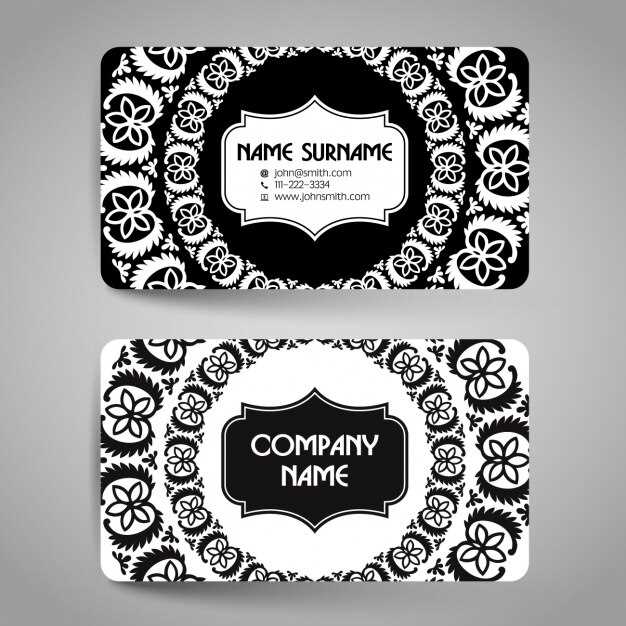
License plates serve as more than just identification for vehicles; they can be powerful symbols of cultural identity and heritage. Across various regions, tribal and cultural designs on license plates reflect the unique stories, traditions, and values of the communities they represent. This article delves into the significance of these artistic expressions and their role in honoring cultural diversity.
From Indigenous motifs to elements inspired by local folklore, tribal designs often encapsulate the essence of a community’s history and beliefs. License plates adorned with these symbols not only celebrate regional pride but also educate the public about the rich tapestry of cultures present in society. By examining the artistry behind these designs, we can appreciate how they serve to promote awareness and understanding among different groups.
Additionally, the evolution of license plate designs has seen a blend of modern aesthetics with traditional elements. Governments and local organizations are increasingly recognizing the importance of representing cultural narratives on vehicle registration displays. This article aims to explore various examples of tribal and cultural license plates, showcasing their impact on identity and community connection.
Understanding the Significance of Tribal Motifs in License Plates

Tribal motifs hold deep cultural significance, representing the heritage and identity of various indigenous communities. Incorporating these designs into license plates serves not only as a form of artistic expression but also as a medium for cultural storytelling. Each motif often carries specific meanings, reflecting historical narratives, spiritual beliefs, or social values of the tribes from which they originate.
License plates adorned with tribal patterns provide a unique platform for showcasing artistic traditions that have been passed down through generations. These designs are often rooted in nature, symbolizing the connection between the tribe and its surrounding environment. For example, motifs depicting animals, plants, and natural elements signify respect for the earth and its resources, echoing the tribe’s values and relationship with the land.
Integrating tribal motifs into license plate designs also raises awareness about the richness and diversity of indigenous cultures. This visibility can foster a greater understanding and appreciation among the broader population, encouraging cultural dialogue and recognition. Additionally, it supports tribal artists and artisans by providing them an opportunity to present their work to a wider audience, thus contributing to the preservation and continuation of their artistic legacies.
Furthermore, tribal-themed license plates often serve as a source of pride for members of indigenous communities. Displaying cultural symbols on personal vehicles allows individuals to express their identity and heritage publicly, fostering a sense of belonging and connection to their roots. This form of expression can also be a means of advocating for the rights and recognition of their communities, ensuring that their stories and traditions remain visible and respected in contemporary society.
In conclusion, the significance of tribal motifs in license plates is multifaceted, encompassing cultural representation, artistic expression, and community pride. By embracing these designs, we not only celebrate the rich tapestry of indigenous cultures but also encourage a collective responsibility to honor and protect their histories and traditions.
Guidelines for Designing Culturally Authentic License Plates

Creating culturally authentic license plates requires a thoughtful approach that honors the traditions and identities of the represented communities. Here are key guidelines to consider:
1. Research the Culture
Thorough understanding of the cultural elements is essential. Study the history, symbols, and colors that are significant to the culture in question. Engage with cultural experts and local community members to gain insights into what should be represented.
2. Collaborate with Community Representatives
Involve tribal leaders, artists, and cultural custodians in the design process. Their input can ensure that the imagery and text used reflect the values and beliefs of the community authentically. Collaborative efforts can also help build trust and respect.
3. Use Authentic Symbols and Imagery
Incorporate symbols and designs that are recognized and meaningful within the culture. Avoid generic or commercialized motifs; instead, focus on elements that resonate deeply with the community’s heritage, such as traditional patterns, totems, or flora and fauna.
4. Respect Intellectual Property
Many cultural designs are considered intellectual property. Ensure that usage rights are respected, and consider obtaining permission before using specific symbols or designs. This step acknowledges the ownership that communities have over their cultural heritage.
5. Focus on Color Significance
Colors often carry symbolic meanings within cultures. Research how different colors are perceived and what they represent. Select a color palette that aligns with the community’s identity and values, ensuring that it enhances the overall design.
6. Design for Clarity and Visibility
While artistic expression is crucial, the design must also meet practical requirements. Ensure that the license plate remains legible and identifiable from a distance. Balance artistic elements with functional design to achieve visibility on the road.
7. Avoid Stereotypes and Misrepresentations
It is vital to avoid cultural stereotypes and clichés that can lead to misrepresentation. Instead, focus on authentic representations that stem from within the culture itself, ensuring that the design does not perpetuate harmful narratives.
8. Encourage Community Feedback
Once a draft design is created, seek feedback from the community. This input can provide valuable perspectives and allow for revisions that make the design more representative. Community approval is crucial for culturally sensitive projects.
By following these guidelines, designers can create license plates that not only reflect cultural authenticity but also foster pride and recognition within the represented communities. Respect for cultural heritage should always be at the forefront of the design process.
Legal Considerations for Tribal and Cultural License Plate Usage
When exploring tribal and cultural license plate designs, it is essential to navigate a landscape of legal considerations that can impact their creation and distribution. These plates often serve as symbols of identity and heritage, but they also intersect with various legal frameworks.
Intellectual Property Rights: Custom designs used on tribal and cultural license plates may involve elements that are protected under intellectual property laws. This includes trademarks, copyrights, and trade dress. Tribes or cultural organizations must ensure that the designs do not infringe on existing intellectual property rights owned by others, which could lead to legal disputes.
Approval Processes: Many states have specific approval processes for the creation of personalized or specialty license plates. Tribal governments or organizations wishing to introduce cultural designs must comply with state laws, which may require a formal application, reviews, and potential public hearings. Understanding the legislative framework is vital to avoid delays or rejections.
Cultural Sensitivity: The usage of cultural symbols on license plates necessitates a respectful approach. It is crucial to engage with tribal leaders and community members to ensure that the designs reflect accurate cultural expressions. Unauthorized use of sacred symbols can lead to accusations of cultural appropriation, which has legal and ethical ramifications.
Revenue Sharing: In some states, the issuance of specialty plates contributes to funding specific programs, including those that support cultural heritage. Agreements regarding revenue sharing between state authorities and tribal organizations need to be clearly defined to ensure transparency and fairness, protecting the interests of all parties involved.
Federal Considerations: Federal laws may also apply, especially in cases where tribal sovereignty is concerned. The relationship between tribal nations and state governments can complicate the legal landscape, demanding a thorough understanding of applicable treaties and statutes that govern tribal rights and self-determination.
In summary, the legal considerations surrounding tribal and cultural license plate usage encompass a variety of factors, including intellectual property rights, compliance with state laws, cultural sensitivity, revenue sharing agreements, and federal regulations. Clear communication and collaboration among stakeholders are essential to navigate these complexities successfully.
